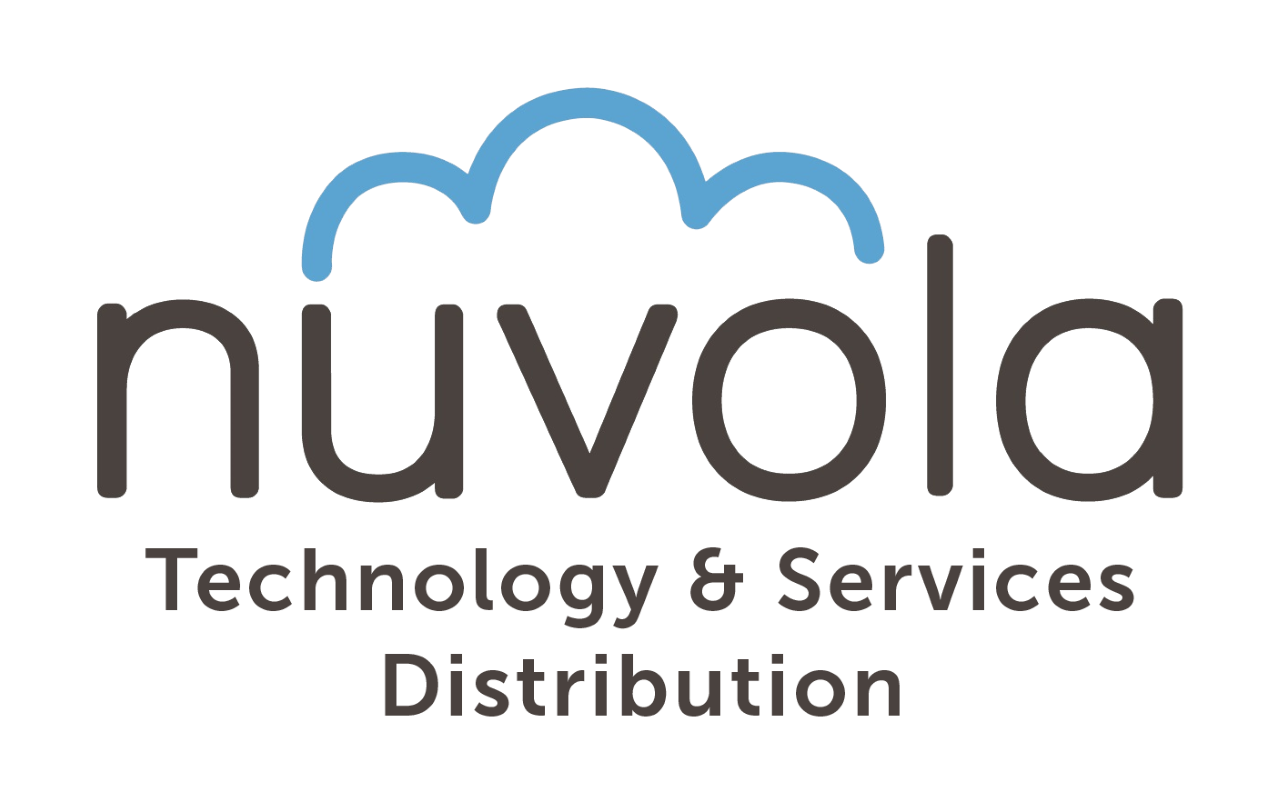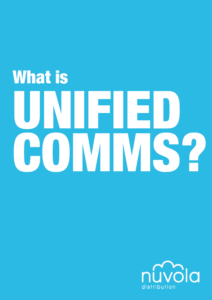What is Unified Communications?
Download the PDF Version
Unified communications (UC) is a term used to describe communication with different forms and methods of technology. The term arose in the mid-1990s, when messaging and real-time communications began to combine, which was mainly due to the evolution of networking technology and Internet Protocol (IP).
What followed was the creation of ‘data and voice convergence’. This is where voice is run over data networks alongside data from computer based activities. This created the ability to integrate real-time enterprise communication services. These consist of:
- Instant messaging
- Presence information (availability status [away, online, be right back])
- Voice
- Mobility features (twinning, DECT, WiFi, NFC, Integration with mobile phones/systems)
- Video
- Web & video conferencing
- Fixed line to mobile convergence (FMC)
- Desktop sharing
- Data sharing
- Call control and speech recognition with non-real-time communication services such as unified messaging.
UC is not necessarily a single product, but a set of products that provides a consistent unified user-interface and user-experience across multiple devices and media-types, elements that include:
- Telephony
- Call control and multimodal communications
- Presence
- Instant messaging
- Unified messaging
- Speech access and personal assistant
- Conferencing (audio, web and video)
- Collaboration tools
- Mobility
- Business process integration (BPI)
- Software to enable business process integration
Unified communications is an evolving set of technologies that automates and unifies human and device communications in a common context and experience. It optimises business processes and enhances human communications. Eliminates device and media dependencies by integrating systems and business processes.
This ‘business process’ approach to integrating UC functionality can result in bottom line benefits that are synergistic, that is, greater than those achievable by personal productivity methods alone.
Unified communications & collaboration (UC&C) is a term used to describe the integration of various communications methods with collaboration tools such as virtual white boards, real-time audio and video conferencing, and enhanced call control capabilities.
Unified communications & collaboration as a service (UCCaaS) is sometimes used to describe cloud-based UC&C platforms. Compared to premises-based UC&C solutions, UCCaaS platforms offer enhanced flexibility and scalability due to the SaaS subscription model. Nuvem the Cloud UC is a service provided by Nuvola.
Benefits to Business
To some degree most businesses are leveraging some or all these technologies today, but typically in a non-unified, independent manner. Not only is this inefficient from a maintenance and operations standpoint, but the benefits of integrating communications and working as one system is being missed. Thankfully though, a UC system can be put together modularly; allowing time to be taken to integrate each component and make sure it’s running smoothly before moving on to the next one.
Some of the different benefits a business can receive by leveraging a UC platform are;
- Single Number Reach – Allows users to consolidate all their incoming business calls into a single phone number and receive them wherever they are working. For example, a customer can call a single phone number and it will ring the office phone, mobile phone, and home phone simultaneously.
- Automated Dialling Out – Automatically notify clients, partners, or vendors about appointment reminders, billing issues, or emergency situations such as an office closure.
- Connect Remote Offices and Users – Remote office or road/home workers can easily connect to the main office through seamless and secure connections regardless of location. Remote users don’t just take their office extension with them, they also enjoy access to the same familiar phone services that they have in the office. Remote offices are fully integrated and provide a consistent appearance while enjoying the benefits of free internal calling.
- Companywide Instant Messaging with Presence – Communicate virtually anytime, from anywhere, with an easy to use application that leverages toolbars within common applications, such as Microsoft Office and Internet Explorer. UC instant messaging allows employees to send messages to computers or mobile devices through a secure internal messaging client. Adding Presence to the mix enables you to view if other employees are available, busy, or away from their computer or device.
- Real-time Information Delivery- With a UC system in place, you can stream RSS feeds, stock quotes, news, local weather, and much more to your desktop XML phone.
Industry-Specific Benefits
The benefits of UC become even more apparent when you look at its impact on a specific industry. For example, Professional Services firms may see the following additional benefits:
- Client Billing – Easily and accurately capture and bill for the time spent conversing with clients over the phone.
- Call Recording – Record any call from the beginning whether you are in the middle of a conversation or just hung up. You can even review the call and bookmark critical sections for future reference.
- Time & Attendance – Employees can easily clock in and out right from their IP desk phones. This also allows supervisors to easily see who is in or out of the office, and even review overtime requests. Additionally, this can be integrated with Accountancy packages or Excel to reduce the time spent on auditing or processing payroll.
Summary
If you choose to implement a UC system one component at a time or all at once, finding a knowledgeable and proven partner who will design and implement the right solution for your needs is critical. Nuvola Distribution is a Value Added UC Services Distributor providing solutions to our reseller partners.

